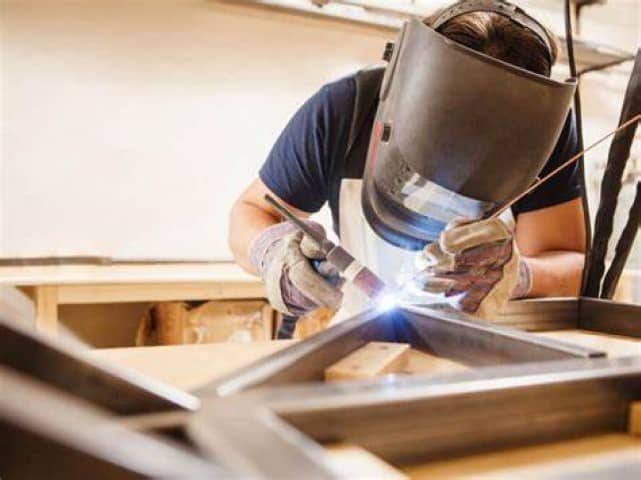
Stainless Steel – Fabrication: An Insight into the Material and Key Considerations During Fabrication
Stainless steel, known for its corrosion resistance and durability, is a crucial material in the fabrication industry. Its unique properties make it suitable for a wide range of applications, from industrial equipment to architectural structures. In this article, we will delve into the nature of stainless steel, explore its fabrication process, and highlight the key considerations during the process.
What is Stainless Steel?
Stainless steel is an alloy of iron with a minimum of 10.5% chromium. The chromium content forms a thin, invisible, corrosion-resistant layer on the steel’s surface, protecting it from oxidizing and rusting. In addition to chromium, stainless steel may also contain other elements such as nickel, molybdenum, titanium, and nitrogen, which further enhance its properties.
Stainless steel is classified into several types based on its composition and properties. The most common types include austenitic, martensitic, and ferritic stainless steels. Austenitic stainless steels, such as 304 and 316 grades, are the most widely used due to their excellent corrosion resistance and formability.
Fabrication Process of Stainless Steel
The fabrication process of stainless steel involves several stages, each requiring precision and expertise. Here are the key steps involved:
- Material Selection: The first step is to select the appropriate grade of stainless steel based on the specific requirements of the application. Considerations include corrosion resistance, strength, and formability.
- Cutting and Shaping: Stainless steel is cut and shaped using various techniques such as sawing, shearing, drilling, and milling. Depending on the thickness and complexity of the material, these operations may require specialized tools and equipment.
- Forming and Bending: Stainless steel can be formed and bent into various shapes using processes like rolling, pressing, and stamping. These operations require careful control of temperature and force to avoid cracking or deformation.
- Welding: Welding is a crucial step in the fabrication of stainless steel structures. It involves joining two or more pieces of stainless steel using heat or pressure. Proper welding techniques and procedures must be followed to ensure a strong and corrosion-resistant joint.
- Finishing: After welding and assembly, the stainless steel fabrication may require finishing operations such as grinding, polishing, and painting. These steps enhance the appearance and corrosion resistance of the final product.
Key Considerations during Fabrication
During the fabrication of stainless steel, there are several key considerations that must be taken into account:
- Corrosion Resistance: Stainless steel’s corrosion resistance is one of its primary advantages. However, improper handling or welding techniques can compromise this property. It is crucial to use the correct welding consumables and techniques to maintain the corrosion resistance of the material.
- Cleanliness: Stainless steel is sensitive to contamination, which can affect its corrosion resistance and appearance. It is essential to keep the material clean during the fabrication process, avoiding contact with dirt, grease, and other contaminants.
- Temperature Control: During welding and forming operations, it is crucial to control the temperature of the stainless steel to prevent cracking or deformation. Excessive heat can damage the material’s microstructure and reduce its corrosion resistance.
- Safety: Fabrication of stainless steel involves the use of heavy machinery, welding equipment, and other tools. Strict safety protocols must be followed to prevent accidents and injuries. This includes wearing protective equipment, maintaining equipment in good condition, and following proper operating procedures.
In conclusion, stainless steel is a versatile material with excellent corrosion resistance and durability, making it suitable for various fabrication applications. During the fabrication process, it is crucial to pay attention to material selection, welding techniques, cleanliness, temperature control, and safety considerations to ensure the production of a high-quality, corrosion-resistant final product.
